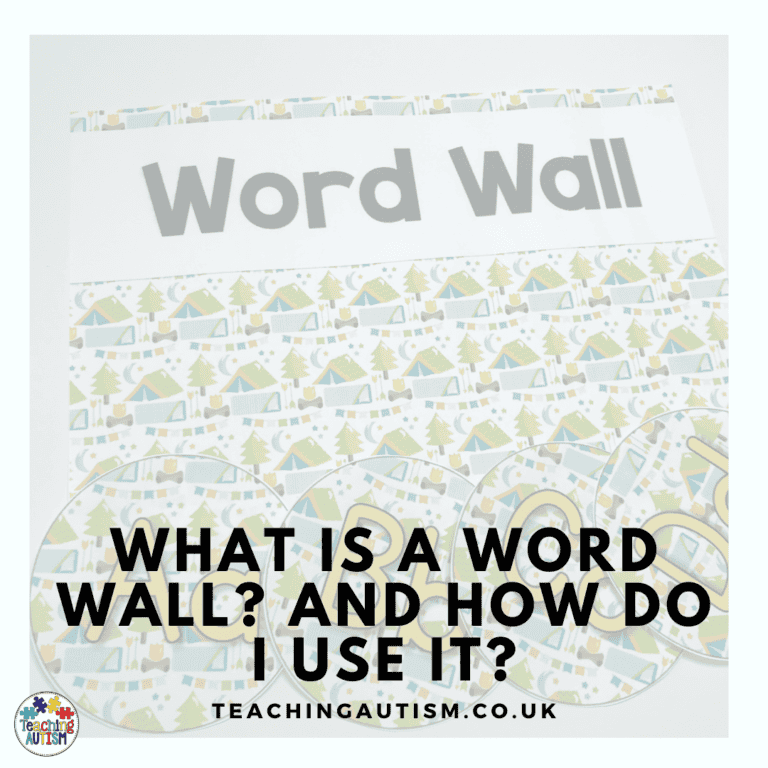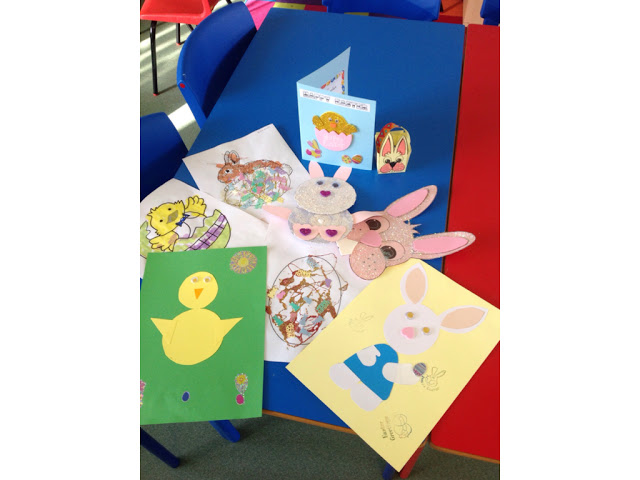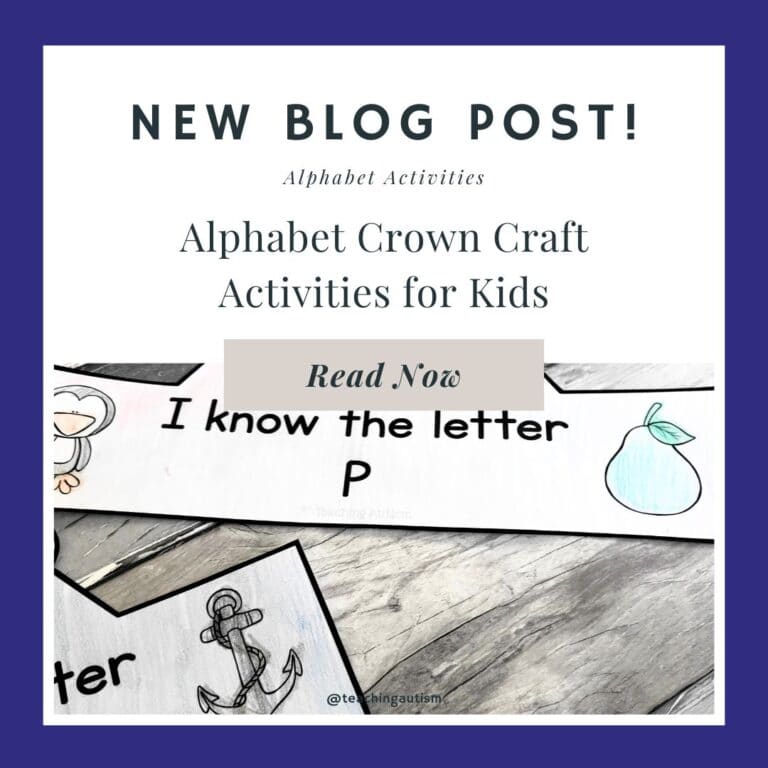5 Ways to Make Books More Accessible for Autistic Students
Today in this blog post I’m sharing 5 ways to make books more accessible for autistic students. I have worked really hard over the years to find ways to make books and reading an enjoyable experience for my students. Along the way, I’ve found some different ways to make books more accessible for my students. This makes them more motivated to spend more time with books.. And I’m so excited to share those ways with you today!
1. Symbols in Books
Add symbols into your picture books onto each page. For students who can’t read, this is especially helpful. I velcro the symbols in so that they can be removed from the book as well. Sometimes when we’re doing a group story session, I’ll start with the symbols on a blank piece of laminated card and I’ll have students find the matching symbol for each page.
Symbols help our students visualize what is going on in the book and helps them with the story if they’re unable to read.
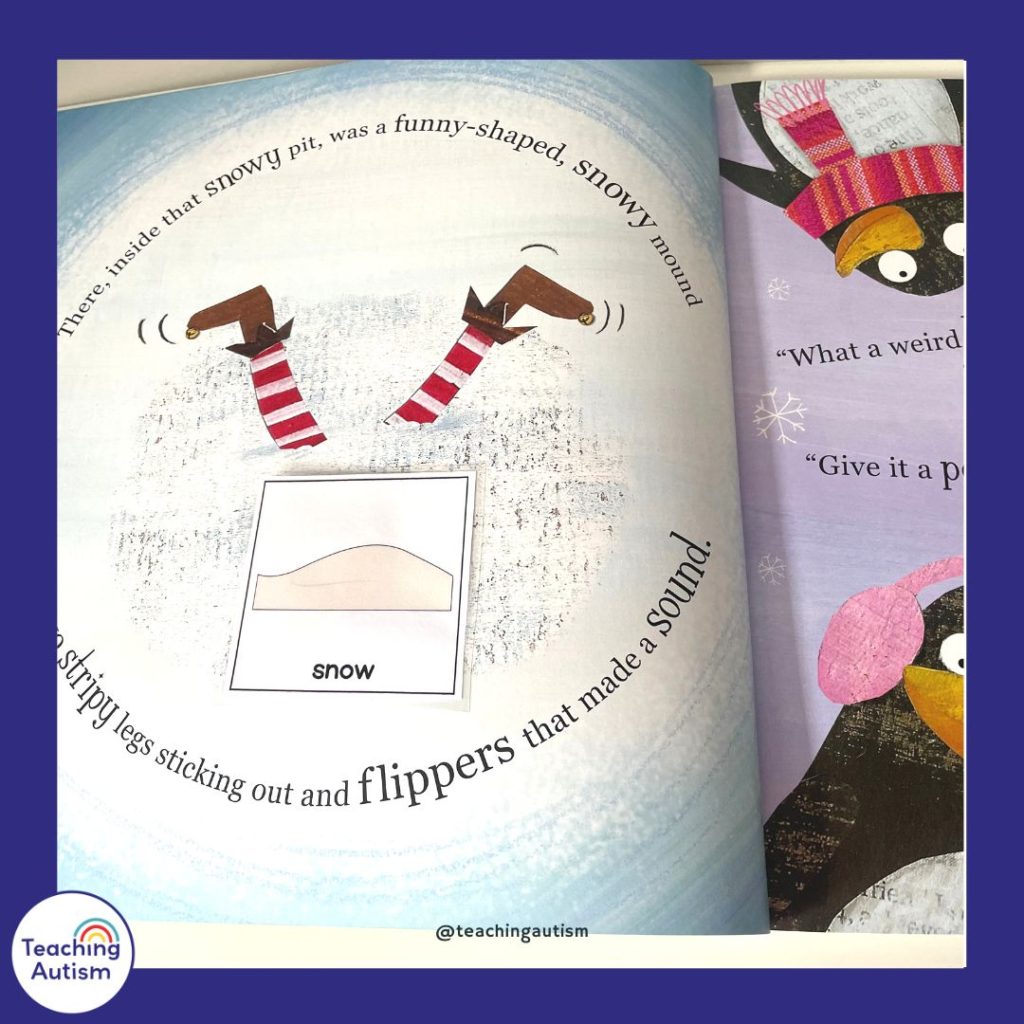
2. Add a QR Code to Scan
I love using QR codes. And this is a skill that I work on with my students from the start of the school year. Then, inside each book I attach a QR code for students to scan. This will then link to either a YouTube video of someone reading that story, or I’ll record our staff members and upload the videos to Dropbox and the QR code will link to that story in Dropbox.
3. Make it Sensory!
I love to do sensory story sessions with my students. And if you want to find out more about those sessions, click here.
For sensory story sessions, I create a script to go along with the picture book. Throughout this book I have students take part in different sensory experiences. This helps the students to really feel involved in the book – and it really does bring it to life!
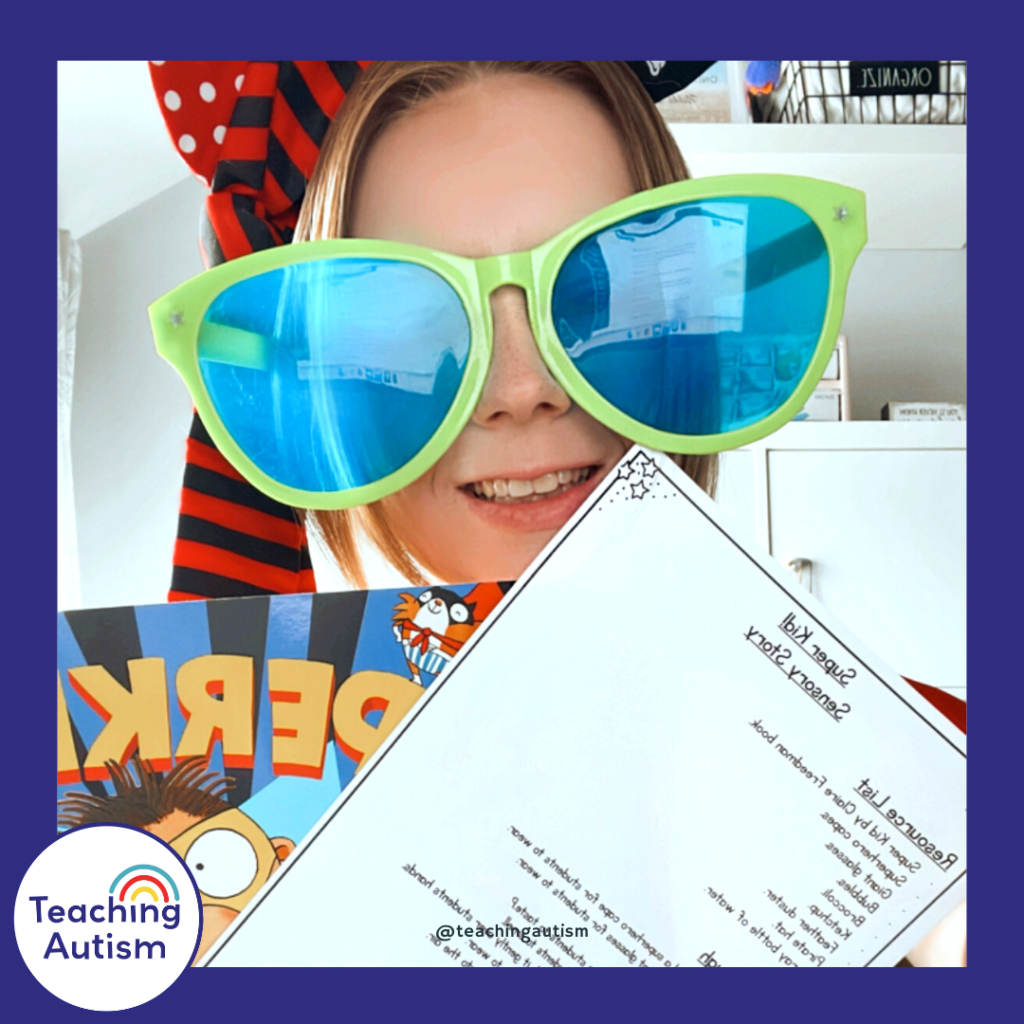
4. Get Some Sensory Books
There are lots of books that come with sensory features. You can have ones with elements that students can touch. You can also have ones that discuss smells and you can get some scented spray to put on these. These are fun ways to make books an individual sensory experience for students. I particularly love the ‘That’s Not My….’ books.
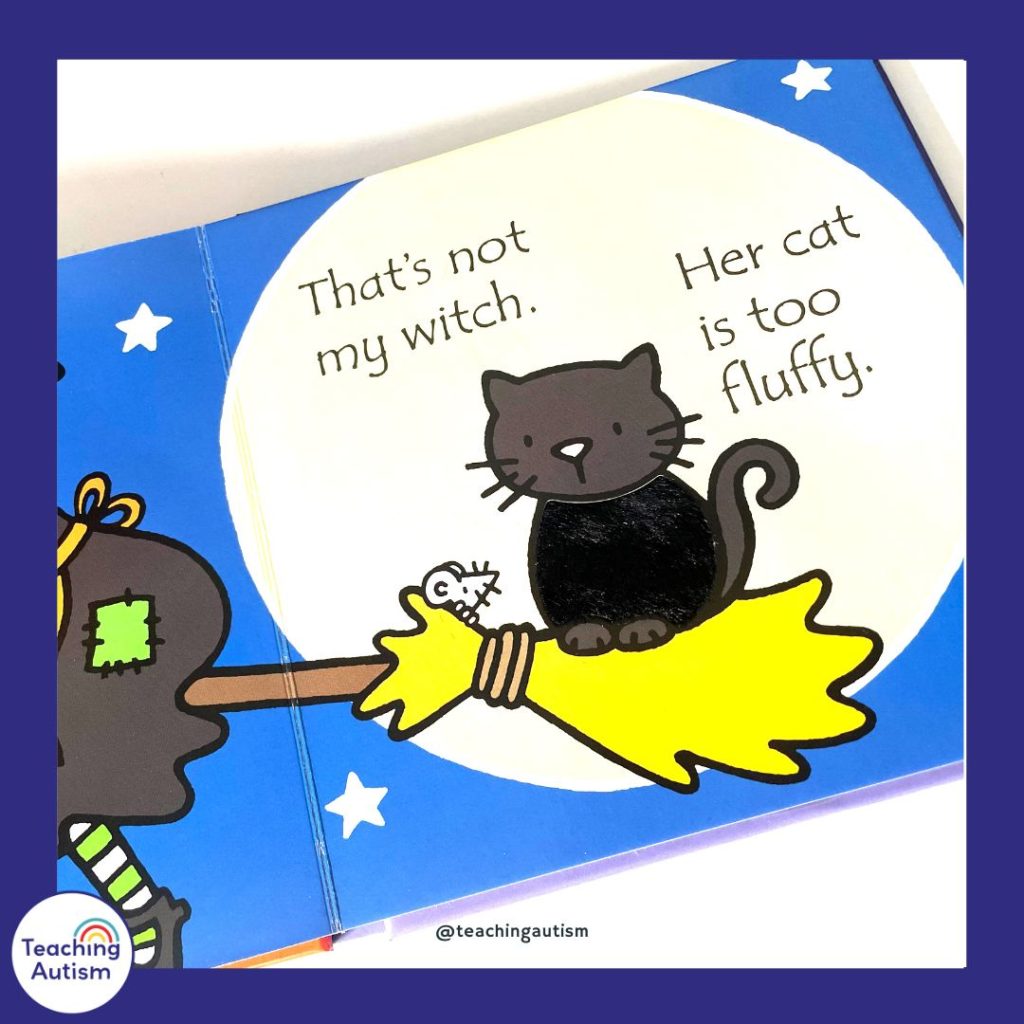
5. Replace Language in Books
So if you have a picture book that you love but just is a bit too wordy for your students – this is perfect. I will usually type out a brief sentence of what is happening on that with symbols. Then I cut out the sentence with visuals, laminate it and velcro it onto that page in the book. This is great for when you have students who are just starting to read and you don’t want to overwhelm them with a lot of text.. But you like the story in a particular book.
I hope these tips help make books and story time more accessible and fun for your students. If you want more tips for books, you may be interested in the following links;
- Sensory Stories
- FREE The Earth Gives More Sensory Script
- FREE How to Catch an Elf Sensory Script
- Story Sacks
- Book Creator App
- Guided Reading in Special Ed
P.S. Have you signed up for a 3 day free trial of our VIP membership yet? If not, click here to do it now and go and get access to a huge range of resources, templates, crafts and more for free.



